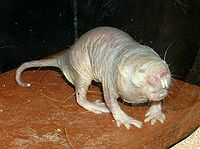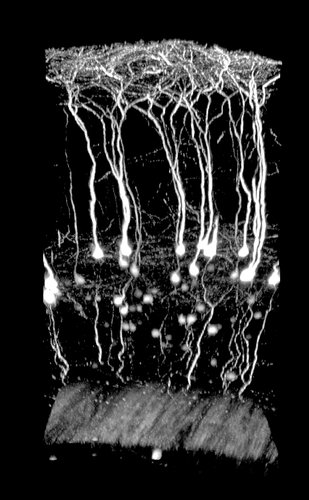These days with tight budget and poor economy, I am always intrigued in finding ways to conserve my research funding, which I think is a responsible approach to research rather than the big spending and throwing-away-old-but-good-equipment mentality. For example, all monitors in my office are old, unwanted CRT monitors. The oldest one is a Sony Trinitron that I picked up as a postdoc at Harvard in 2004, when they were throwing away many CRTs and replacing them with the sexy LCD monitors. It is still running great and I wish I could pick up more at that time.
 Anyway, there is an interesting new consumer camera called Lytro that has just been launched recently. It is based on a revolutionized light field concept that can capture not just the color and intensity, but also the vector direction of the light. Thus, information with regards to the location of the object be extracted after image acquisition; in other words, one can “focus” after image acquisition in the computer. This concept is originated from the Ph.D. research of Ren Ng, Lytro’s CEO, at Stanford.
Anyway, there is an interesting new consumer camera called Lytro that has just been launched recently. It is based on a revolutionized light field concept that can capture not just the color and intensity, but also the vector direction of the light. Thus, information with regards to the location of the object be extracted after image acquisition; in other words, one can “focus” after image acquisition in the computer. This concept is originated from the Ph.D. research of Ren Ng, Lytro’s CEO, at Stanford.
I think the concept can potentially be applicable to research imaging in life-science. For example, in fluorescent imaging, we always want to acquire information from a very specific focal plane of the specimen. One fancy way to exclude the out-of-focus information is by confocal microscopy, a fancier way of imaging which is not a cheap at all. From my limited understanding, Lytro’s principle can potentially be applicable to generate an effect that is similar to confocal on a regular fluorescent microscope, perhaps with some essential modifications of the algorithms. If that is possible, then Lytro can be a very economical replacement (a few hundreds) of confocal (hundreds of thousands). I immediately emailed them about that and asked for the possibility of getting a unit to play with. Of course they said thank you for the great idea, but no, we won’t be able to send you one.
I do hope someone, including Lytro, who has time and interest, can figure this application out… then we can have a $400 confocal! Think about capturing all the confocal market in the field!
 Anyway, there is an interesting new consumer camera called
Anyway, there is an interesting new consumer camera called 



